|
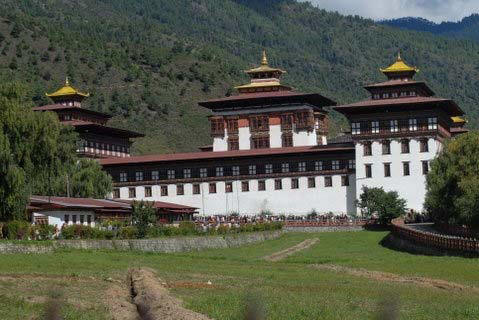 Thimpu
is the capital of Bhutan and its largest city. It is said to
be the only world capital without a traffic light as the one installed was
removed after complaints from the populace. In the city, a Weekend Market
and the National Textile Museum give visitors a glimpse into the Bhutanese
way of life and the richness of her traditions. The Thimpu Dzong is the
site of the Annual Tsechu Festival, a series of dances in honor or Guru
Rinpoche. The dances are performed by lay persons and monks alike dressed
in colorful and fanciful costumes. Thimpu
is the capital of Bhutan and its largest city. It is said to
be the only world capital without a traffic light as the one installed was
removed after complaints from the populace. In the city, a Weekend Market
and the National Textile Museum give visitors a glimpse into the Bhutanese
way of life and the richness of her traditions. The Thimpu Dzong is the
site of the Annual Tsechu Festival, a series of dances in honor or Guru
Rinpoche. The dances are performed by lay persons and monks alike dressed
in colorful and fanciful costumes.
Tashichhoedzong.
The “Fortress of the
Glorious Religion” houses the throne room of His Majesty the King, the main
secretariat building and the central monk body. Its courtyard is open to
visitors during the Thimpu Tshechu and when the monk body moves to its
winter residence in Punakha.
Memorial Chorten.
This stupa was build in
1974 by the mother of the Third King, His Majesty Jigme Dorji Wangchuck in
memory of her son.
Semtokha Dzong. Five
miles from Thimpu, on a lofty ridge, stands Semtokha Dzong the oldest
fortress in the Kingdom. The Dzong now houses the Institute for Language
and Culture.
The Institute for Zorig Museum.
The institute of 13
traditional arts and crafts.
National Library.
Bhutan’s National
Library is located close to the Institute for Zorig Chusum and contains
Bhutan’s history in the form of religious and historical literature.
The Folk Heritage
Museum. Founded by Her Majesty the Queen Ashi Dorji Wangmo Wangchuck the
museum is one of a kind that portrays the lifestyle of a genteel family in
the Thimphu Valley in the olden days.
The Institute of Traditional Medicine.
The complex has the
traditional medicine production unit, the treatment hospital and the school.
For the spiritually
inclined and those that prefer short treks there are various monasteries and
temples in and around Thimpu.
Weekend Market.
Every Saturday and
Sunday most of the Thimpu population congregate on the banks of the river
where the weekend market is held. Here villagers from the valley and other
nearby places come to sell their agriculture produce.
|



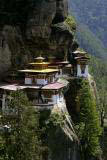
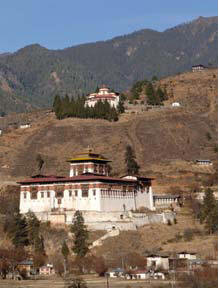
 Thimpu
Thimpu
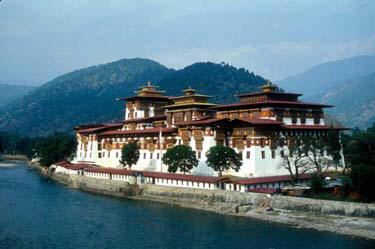 Punakha
Punakha
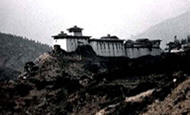 Wangdiphodrang
Wangdiphodrang
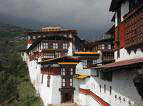
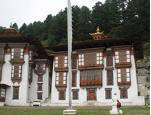 Kurje
Lhakhang.
Kurje
Lhakhang. 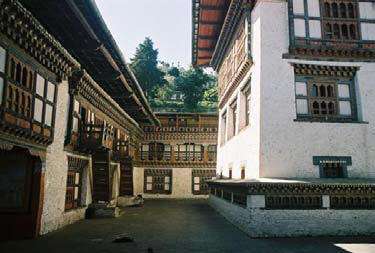 Mongar
Mongar